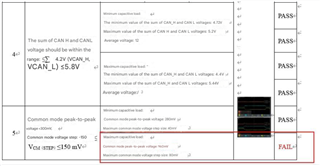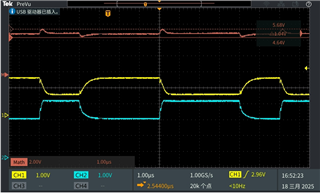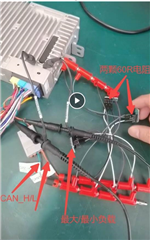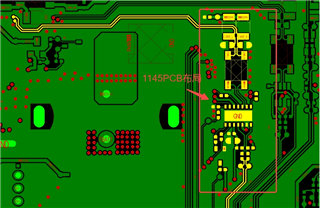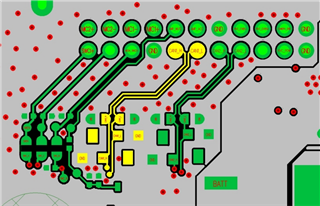Tool/software:
Hi team,
At present, the customer used TCAN1145DMTTQ1 to do CAN physical layer test and found that the signal symmetry test failed. The result is as follows. Please help to analyze it. The attachment is the TCAN1145 design drawing. Thank you!

